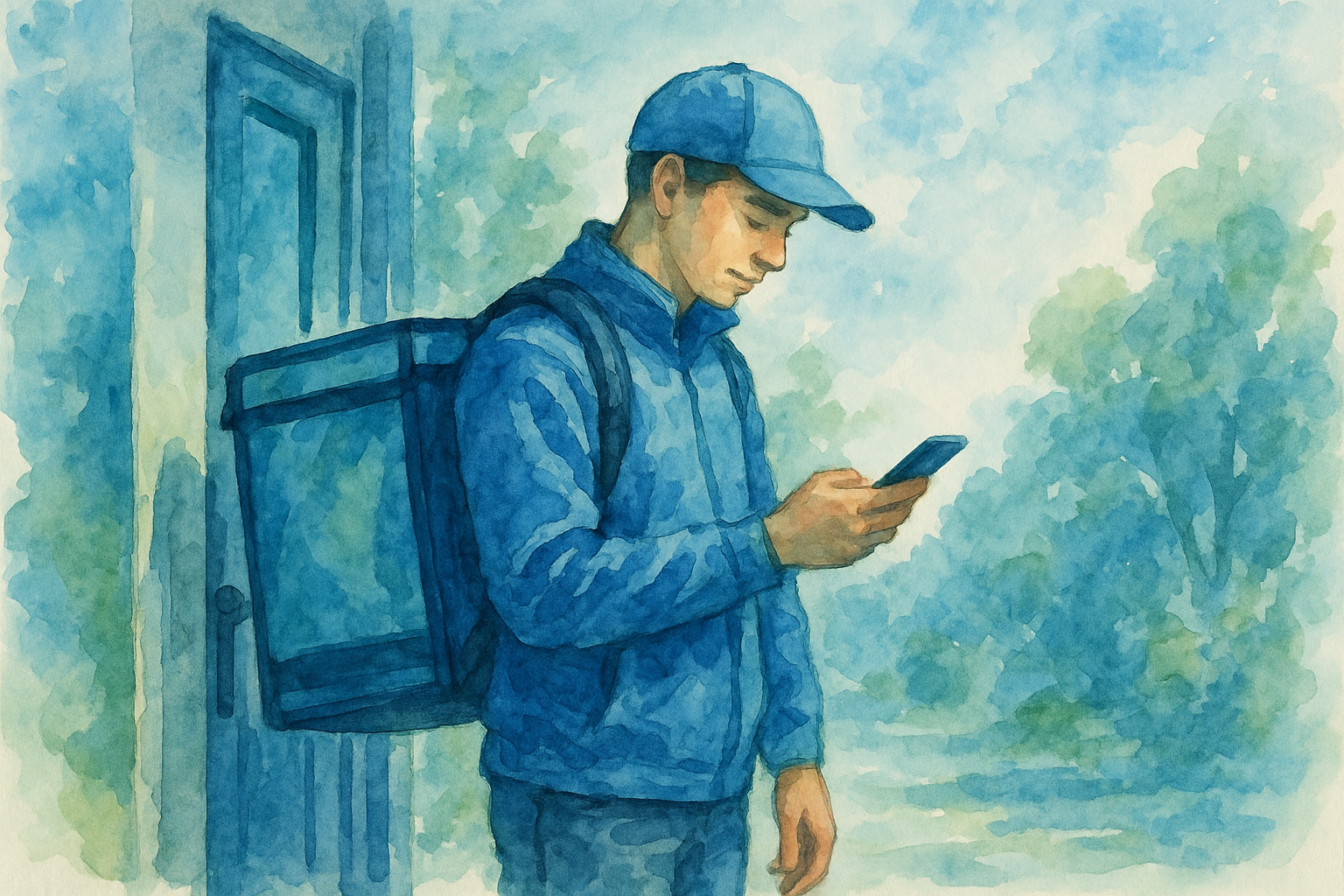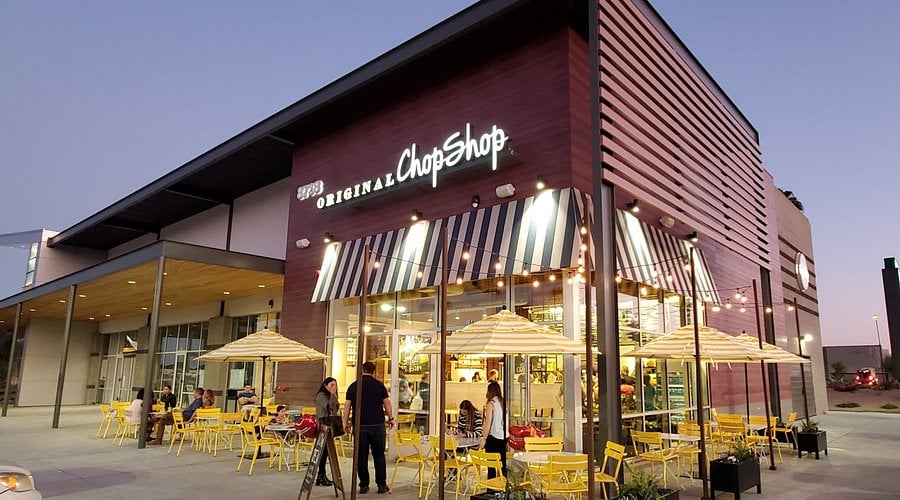Cutting SMS Costs: Smarter Ways for Restaurants to Keep Customers and Drivers in the Loop
These days, restaurants are sending tons of updates—order confirmations, food readiness alerts, delivery status updates, and more. It’s all part of making sure the customer experience runs smoothly. But if every one of those messages goes out through SMS, the cost can really add up.
For restaurants juggling thousands of orders across multiple platforms, relying only on text messages isn’t sustainable. There’s a smarter way to do it: Use the right communication method for each order type. That means mixing SMS with notifications through delivery apps and native restaurant apps. This approach reduces costs while still ensuring guests and delivery drivers get the updates they need—when and how they expect them.

Why Relying Only on SMS Becomes a Problem
SMS messages are great for grabbing people’s attention, but they’re not free—every single message comes with a cost. When you consider how many touchpoints each order requires (confirmation, prep updates, delivery status, etc.), the messaging fees can pile up fast. If you’re sending out thousands of texts per week, that’s a real hit to the bottom line.
But you can’t just cut back on communication to save money. Customers and delivery drivers expect timely updates, especially when it comes to delivery or pickup. Reducing communication would only lead to frustrated customers, poor reviews, and unnecessary stress on staff.
The Smarter Play: Multi-Channel Communication
Instead of relying entirely on SMS, restaurants can use multiple communication channels, and good news: if you're a Curbit restaurant, they do this for you! This way, messages reach customers and drivers through the platform they used to place the order—and the restaurant saves on unnecessary messaging costs.
Here’s how it can work:
1. Leverage Delivery Apps (Uber Eats, DoorDash, etc.)
- If the order came through a third-party platform, updates can automatically go through that app. The driver and customer are already using it, so they’ll get notifications directly—no need for extra texts.
- Why send an SMS when the delivery app can do the heavy lifting for you? It’s redundant and drives up costs for no good reason.
2. Use Push Notifications in Your Own App
- For orders placed through your restaurant’s app or website, push notifications or email alerts make more sense. They’re faster, free, and easy for customers to follow.
- Most people ordering through your app already expect updates there, so using push notifications gives them exactly what they need—without the added cost of SMS.
3. Save SMS for Critical Situations
- SMS should be reserved for high-priority updates: when there’s a delay, an issue with the order, or something that needs immediate attention.
- By sending SMS only when it really matters, restaurants can keep customers in the loop without overusing an expensive channel.
How Smarter Communication Saves Money (Without Cutting Corners)
By taking a multi-channel approach, restaurants can reduce SMS costs while still providing the same level of service. Here’s how:
- Lower messaging costs: Using app notifications and emails for non-urgent updates helps reduce the volume of SMS messages.
- Better customer experience: Guests and drivers get their updates through the same platform they ordered from, so everything feels smooth and consistent.
- Improved relevance: You send the right type of message for each situation—push notifications for routine updates, SMS only for critical alerts.
- Operational efficiency: Your kitchen runs more smoothly, drivers show up on time, and customers stay informed, all without blowing the budget on messaging.
Restaurants Need Flexibility as They Scale
The reality is, no single messaging method works for every situation. As restaurants scale their operations and take orders from multiple channels, they need flexibility. A rigid communication strategy just won’t cut it.
By using tools that integrate with delivery apps, native restaurant systems, and SMS, restaurants can automatically route messages through the most cost-effective channel. This way, every message gets delivered efficiently—whether it’s an Uber Eats driver checking on an order or a customer picking up a meal from your restaurant’s app.
Final Thoughts: Get the Best of Both Worlds
At the end of the day, restaurants don’t have to choose between great communication and cost-efficiency. By using a mix of SMS, push notifications, and app alerts, you can deliver timely updates without racking up unnecessary expenses. It’s about working smarter, not harder, and using each platform for what it does best.
With dynamic order management solutions (like Curbit), restaurants can automate this process—sending the right message through the right channel at the right time. The result? Happier customers, smoother operations, and a healthier bottom line. Now that’s a recipe for success.
Reach out to us and we can discuss.


